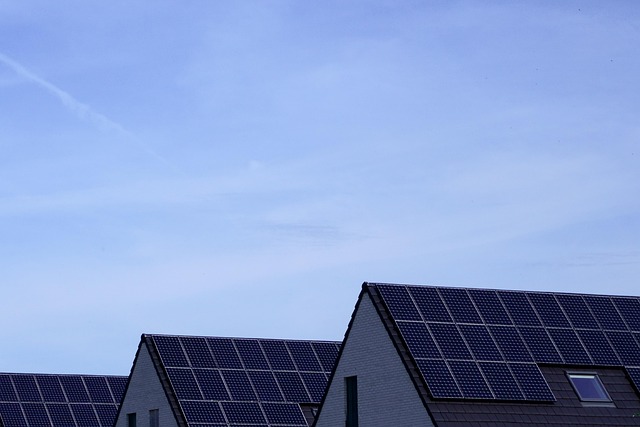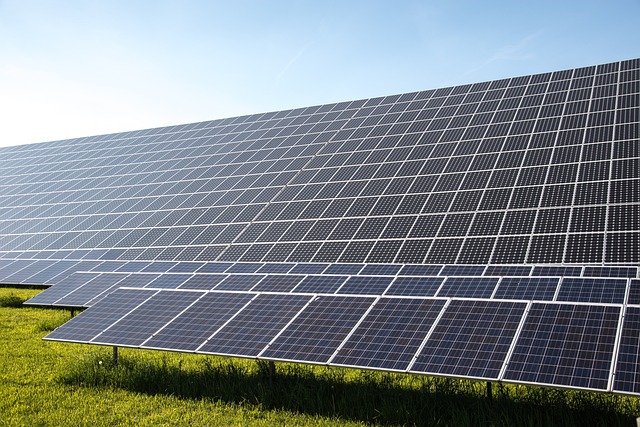
The Concept of Economics
Economics is a social science that studies how individuals, businesses, governments, and nations make choices about allocating their resources. These resources may include time, money, and materials, which are often limited in supply. Economics can be divided into two primary branches: microeconomics and macroeconomics. This article delves into these branches, their importance, and how they relate to everyday life.
Microeconomics
Microeconomics focuses on the behaviors and decisions of individual agents, such as consumers and businesses. It examines how these agents interact in markets to determine the prices and quantities of goods and services.
Demand and Supply
At the heart of microeconomics are the concepts of demand and supply. Demand refers to how much of a good or service consumers are willing and able to purchase at different prices. Supply, on the other hand, represents how much of a good or service producers are willing to sell at various prices. The intersection of demand and supply curves determines the market equilibrium price, where the quantity demanded equals the quantity supplied.
Elasticity
Elasticity measures the responsiveness of demand or supply to changes in price or income. Price elasticity of demand indicates how much the quantity demanded changes in response to a price change. If demand is elastic, small changes in price can lead to significant changes in quantity demanded. Conversely, if demand is inelastic, quantity demanded remains relatively stable despite price fluctuations.
Consumer Behavior
Understanding consumer behavior is essential for businesses aiming to maximize their profits. Insights into what drives consumers’ purchasing decisions can help businesses tailor their marketing strategies and product offerings. Factors influencing consumer behavior include preferences, income levels, and the prices of substitute or complementary goods.
Macroeconomics
Macroeconomics, in contrast to microeconomics, looks at the economy as a whole. It focuses on aggregate measures such as gross domestic product (GDP), unemployment rates, inflation, and national income. Macroeconomic analysis is crucial for understanding economic trends and informing government policy decisions.
Gross Domestic Product (GDP)
GDP is one of the most critical indicators of a nation’s economic health. It represents the total monetary value of all final goods and services produced over a specific time period within a country. A growing GDP generally indicates a healthy economy, while a declining GDP can signal economic troubles.
Inflation
Inflation refers to the rate at which the general level of prices for goods and services rises, eroding purchasing power. A moderate level of inflation is typical in a growing economy, but excessively high inflation can lead to instability. Central banks, like the Federal Reserve in the United States, closely monitor inflation rates to implement monetary policy to keep inflation within a target range.
Unemployment
Unemployment measures the number of individuals who are capable of working but unable to find a job. Understanding unemployment rates helps policymakers gauge the effectiveness of economic policies. Various types of unemployment exist, including frictional, structural, cyclical, and seasonal unemployment, each arising from different factors impacting the labor market.
The Role of Government in Economics
Governments play a crucial role in economic systems. They regulate markets, provide public goods and services, and ensure fairness through legislation. Additionally, governments intervene during economic downturns to stimulate growth and stabilize the economy.
Fiscal Policy
Fiscal policy refers to the government’s use of taxation and spending to influence the economy. During periods of economic recession, increasing public spending or reducing taxes can stimulate demand, while cutting spending or increasing taxes may be necessary during periods of inflation to cool down an overheated economy.
Monetary Policy
Monetary policy involves managing the money supply and interest rates to achieve specific economic objectives. Central banks typically implement monetary policy to control inflation and stabilize the currency. Lower interest rates can encourage borrowing and spending, while higher rates can discourage it.
The Global Economy
In today’s interconnected world, no economy operates in isolation. Globalization has transformed the way economies interact, with trade, investment, and capital flows linking nations more closely than ever. Understanding the global economy requires examining trade balances, foreign investments, and currency fluctuations.
International Trade
International trade occurs when countries exchange goods and services. It allows nations to benefit from comparative advantages, where they can produce goods at a lower opportunity cost than others. Trade can lead to increased efficiency, a wider variety of products, and economic growth. However, it also poses challenges, such as trade deficits or economic dependencies.
Exchange Rates
Exchange rates determine how much one currency is worth in terms of another. Fluctuating exchange rates can impact international trade by making exports cheaper or more expensive for foreign buyers. Understanding currency valuation is essential for businesses involved in import and export operations.
Challenges in Economics
Economists face various challenges when trying to understand and predict economic behavior. Factors such as consumer sentiment, global events, and technological advancements can significantly influence economic conditions, complicating analysis and forecasts.
Income Inequality
Income inequality is one of the pressing issues in modern economies. It refers to the unequal distribution of income among individuals or groups. High levels of income inequality can lead to social and economic challenges, including reduced economic mobility and social unrest. Policymakers are continually seeking ways to address this issue to promote more equitable growth.
Environmental Sustainability
As the world grapples with environmental challenges, economists are increasingly focusing on sustainability. Balancing economic growth with environmental protection is essential for ensuring long-term prosperity. Concepts such as green economics and sustainable development seek to integrate environmental health into economic planning and policy decision-making.
The Future of Economics
Economics continues to evolve, influenced by technological advancements, changing consumer behaviors, and global events. The rise of digital currencies, artificial intelligence, and renewable energy sources are transforming how we think about economic transactions and growth.
The Impact of Technology
Technology is reshaping various economic aspects, from how businesses operate to how consumers make purchasing decisions. E-commerce has revolutionized retail, while automation and artificial intelligence are changing the labor market. Understanding these shifts is essential for economic agents to adapt and thrive in a rapidly changing landscape.
Globalization and Interconnectedness
The future of economics will involve greater interdependence among nations. As economies become more interconnected, issues such as trade policies, environmental standards, and labor practices require international cooperation. Policymakers must navigate these complex relationships to promote stability and growth.
Conclusion
Economics is a vital field of study that impacts everyone, shaping societies and influencing lives. By understanding the principles of economics, individuals and decision-makers can make informed choices about resource allocation, policy implementation, and strategic planning. As the global landscape continues to evolve, ongoing research and education in economics will remain crucial for addressing the challenges and opportunities of the future.



